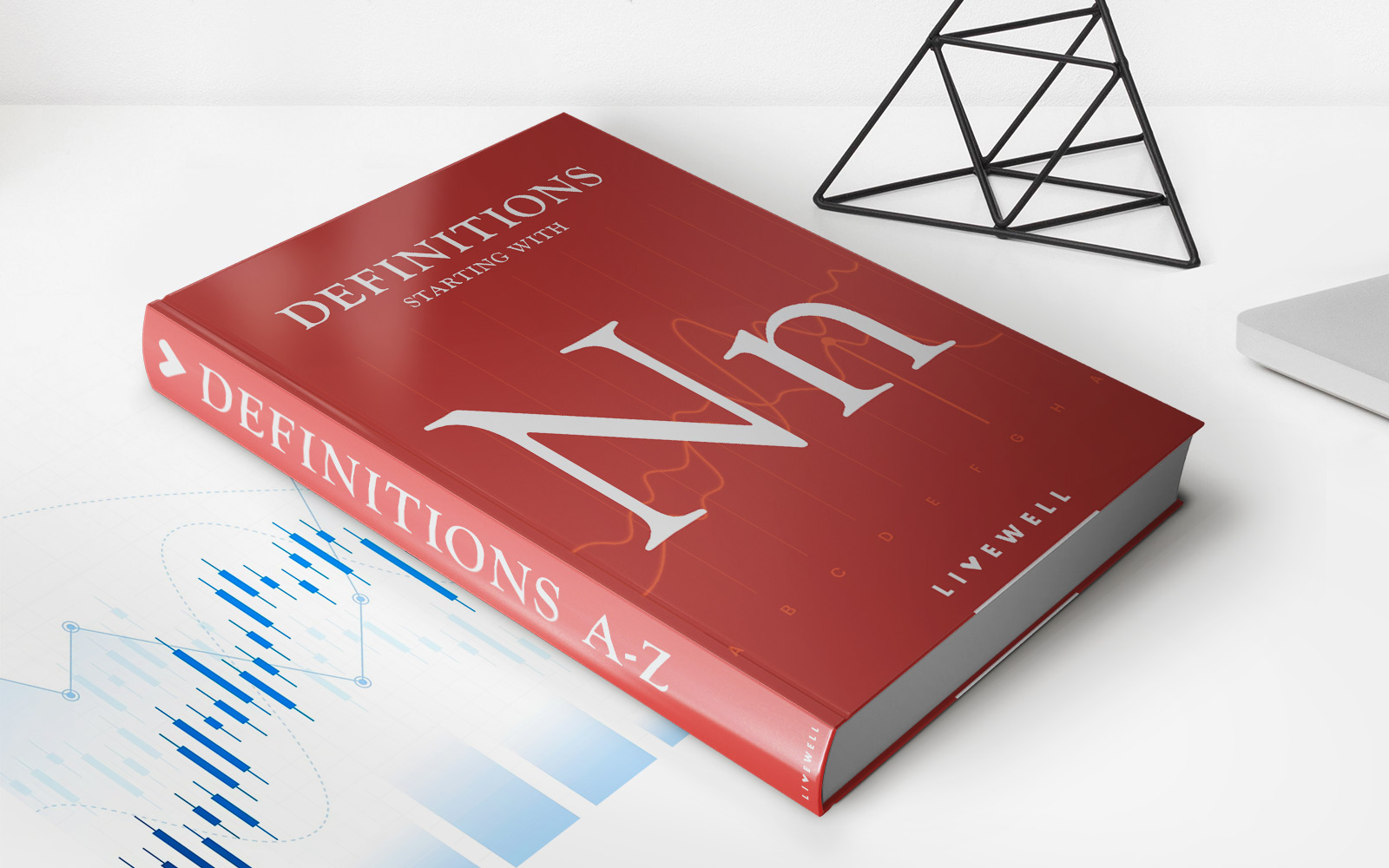Home>Finance>Frequency Distribution: Definition In Statistics And Trading


Finance
Frequency Distribution: Definition In Statistics And Trading
Published: November 28, 2023
Discover the meaning of frequency distribution in the fields of finance, statistics, and trading. Gain insight into how it impacts financial analysis and decision-making.
(Many of the links in this article redirect to a specific reviewed product. Your purchase of these products through affiliate links helps to generate commission for LiveWell, at no extra cost. Learn more)
Frequency Distribution: Definition in Statistics and Trading
Welcome to our FINANCE blog, where we explore various topics related to personal finance, investing, and trading. In today’s post, we dive into the concept of frequency distribution and how it applies to both statistics and trading. So, grab your coffee and let’s get started!
Key Takeaways:
- Frequency distribution is a statistical method used to organize and summarize data into different categories or classes.
- Understanding frequency distribution is essential for traders to analyze and interpret market data effectively.
Statistics is a powerful tool used to make sense of large sets of data.
Frequency distribution is a key concept in statistics that helps us analyze and understand data by organizing it into different categories or classes. It provides a visual representation of how frequently each value or range of values occurs in a dataset.
So, how does frequency distribution relate to trading? In the world of finance, traders and analysts rely on data to make informed investment decisions. By using frequency distribution techniques, they can gain insights into market trends, identify patterns, and make more accurate predictions.
Let’s take a closer look at how frequency distribution works:
To create a frequency distribution, you first need to organize your data into categories or intervals. For example, if you are analyzing stock prices, you might group them into ranges such as $0-$10, $10-$20, $20-$30, and so on. The number of intervals you choose can vary depending on your dataset and the level of detail you require.
Once you have defined your intervals, you can then count the number of data points that fall into each category. This count is known as the frequency. The frequency can be represented in a table or a graph, such as a histogram.
By analyzing the frequency distribution, traders can identify the most common and rare occurrences within a dataset. This information can help them identify potential support and resistance levels, gauge market sentiment, and make more informed trading decisions.
When interpreting a frequency distribution, it’s essential to pay attention to key statistical measures such as the mean, median, and mode. These measures provide further insights into the central tendency and distribution of the dataset.
In conclusion, frequency distribution is a valuable tool both in statistics and trading. It allows us to organize data, identify patterns, and gain insights into market behavior. By understanding frequency distribution, traders can make more informed investment decisions and increase their chances of success in the financial markets.
We hope you found this blog post informative and helpful. Stay tuned for more exciting topics in the world of finance!














